Last month, we reported that Seat was to stop making cars; 38 years ago, we covered the Spanish brand’s arrival on the UK market.
It was founded in 1950 by the fascist dictatorship in alliance with Fiat and virtually built a car industry in Spain from scratch. The next three decades it spent making rebadged Fiats – until it surprisingly got dumped in 1982.
It swiftly set about developing the Ritmo into the Ronda, which elicited a lawsuit from Fiat – but enough changes had been made that Seat emerged vindicated.
It then started developing an entirely new car, the Ibiza (with Porsche’s help), to launch in 1984. Meanwhile, Spain’s government sought a new partner from Japan or Europe, but as it happened Volkswagen bought control, as it wanted to expand out of Germany.
Seat in turn started to expand its horizons, including to the UK with its Ibiza, Malaga saloon and Malaga hatch (a rebadged Ronda).
How did Fiat, then Brits’ eighth-favourite car maker, feel about Seat’s exporting? “It’s a nuisance.”
Handsome and competent yet cheap, Seat’s range was supported by 80 dealers, their target a 1.5% market share within a few years.
“We’re doing a miracle in the UK,” Seat’s marketing and exports boss said in 1986, a year in which it would take a 0.3% share here. But it quickly stagnated in terms of both model appeal and volume and never really did fulfil its early promise, peaking at 3.0% in 2019.
The Isuzu Piazza Turbo begins to worry the UK market
Japanese car makers had poured into the UK in the late 1960s and early 1970s, but the second-oldest of them, Isuzu, didn’t arrive until 1985 – although it did so in much greater style than the likes of Nissan and Toyota, with the Piazza Turbo.
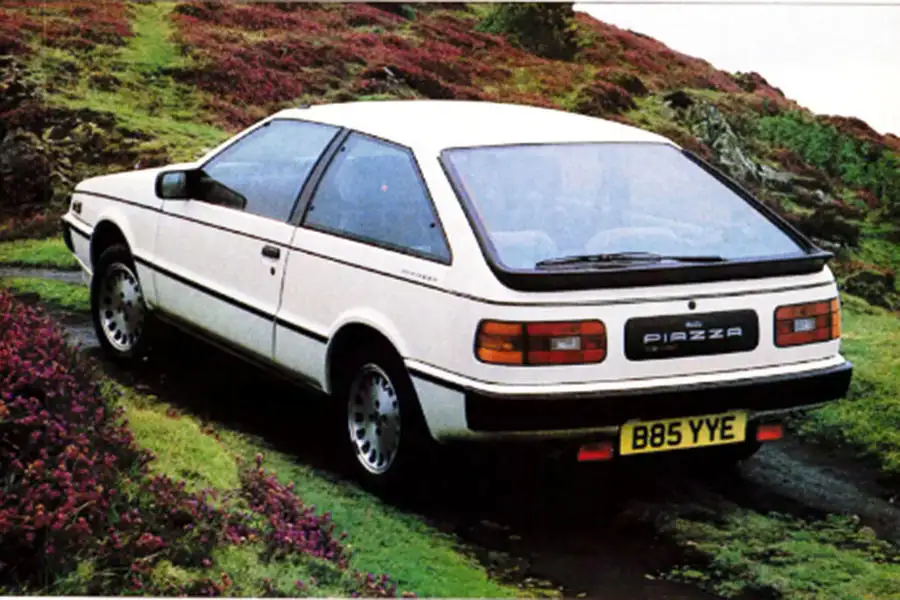

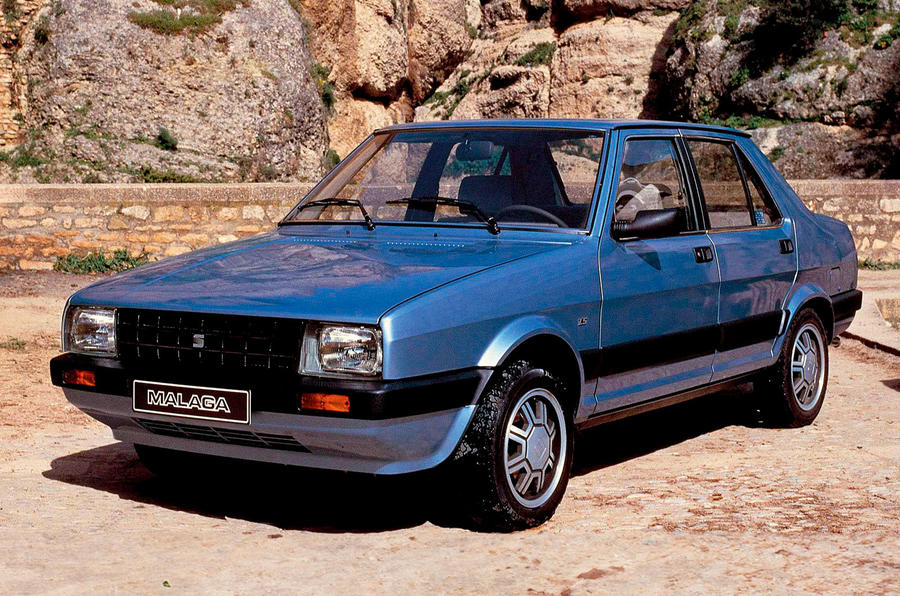



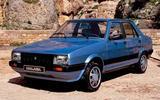




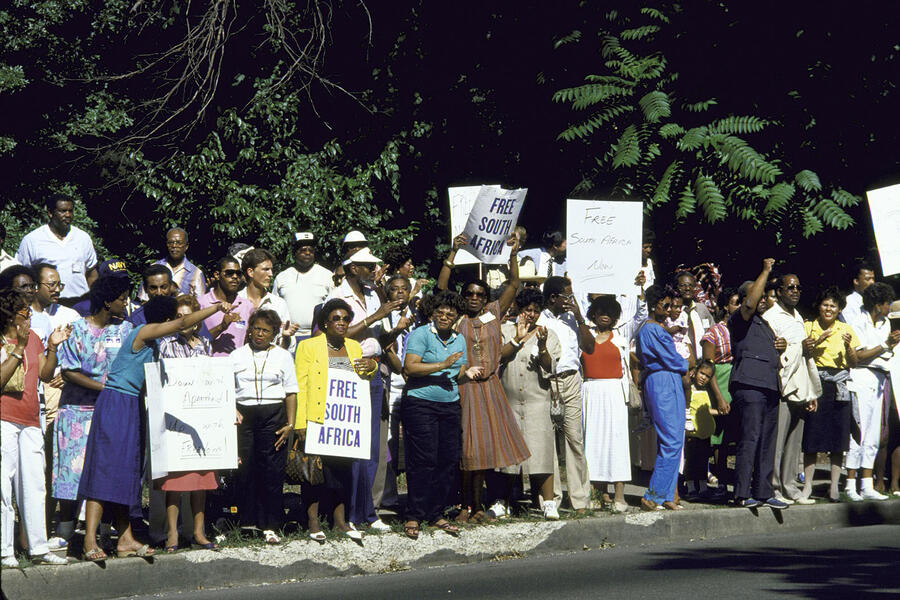
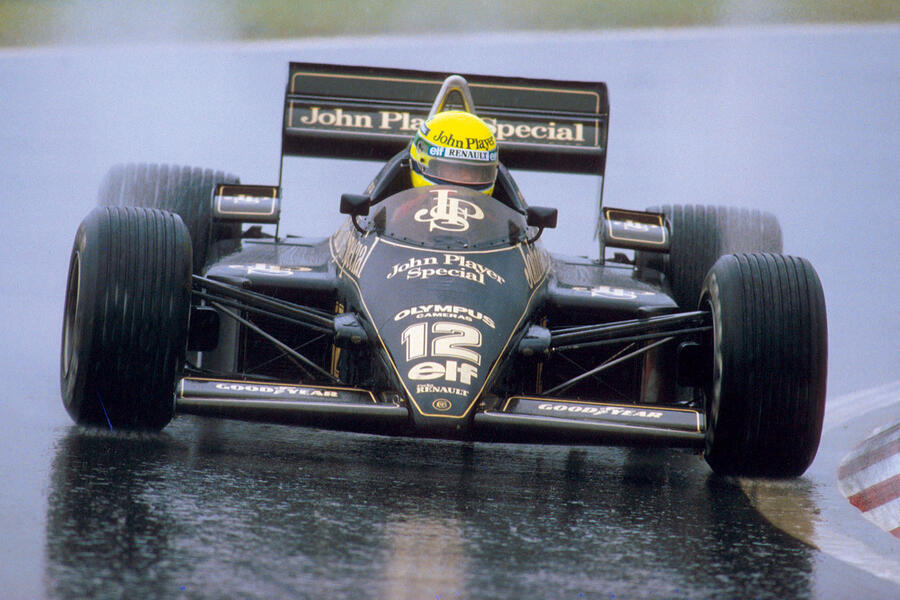


Add your comment